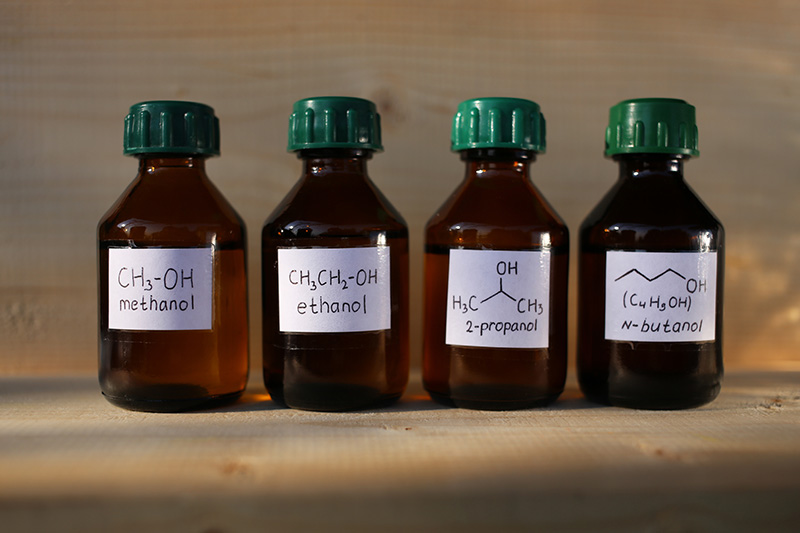The resulting slurry is pumped inside the cavitator where each particle of the starchy bean structure is completely fractured, exposing additional starch molecules trapped inside the cellular structure and thus improving the enzymatic efficiency hydrolyzed in the “must”.
The smaller the particles, the greater the surfaces that interact allowing an increase in the ethanol yield, with the same initial matrix, from 1% to 2.5% and from 2% to 4% or more with no additional energy input and therefore with lower total raw material costs.
Applying cavitation before saccharification improves particle size and starch-sugar conversion rate for subsequent fermentation in ethanol.
Ethanol can therefore be generated more efficiently through fermentation and subsequent distillation.







